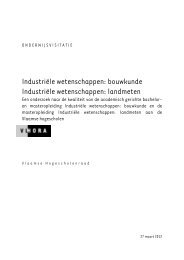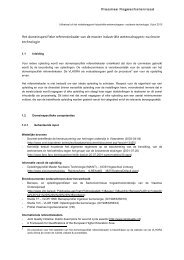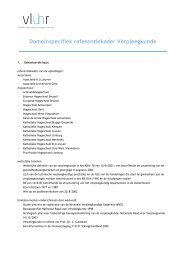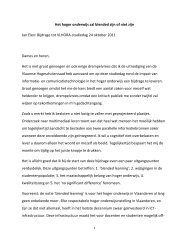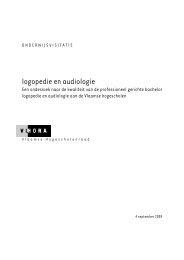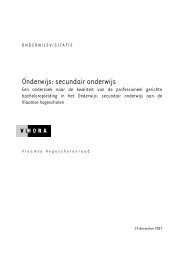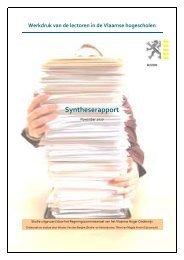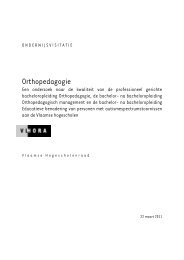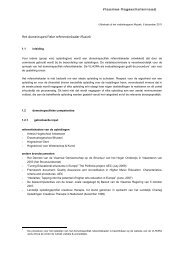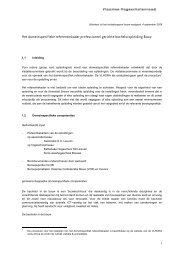Towards a Diversified, Responsive and Competitive European Higher
Towards a Diversified, Responsive and Competitive European Higher
Towards a Diversified, Responsive and Competitive European Higher
Create successful ePaper yourself
Turn your PDF publications into a flip-book with our unique Google optimized e-Paper software.
• strengthen <strong>and</strong> further develop the higher-education institutions in the EHEA as environments forinternational academic exchange <strong>and</strong> as providers of internationally-skilled graduates.We therefore urge Ministers to:• maintain records of all forms <strong>and</strong> types of mobility, including short-term mobility, <strong>and</strong> also the onesthat are presently excluded from financing through the EU programmes;• actively support <strong>and</strong> co-finance all forms of mobility, which is in line with the diversified profiles <strong>and</strong>missions of higher-education programmes <strong>and</strong> institutions;• intensify work on recognition <strong>and</strong> transparency tools, including inter-sectorial mobility;• enable better access for mobility for all groups of potential learners.E. Research, Development <strong>and</strong> InnovationIn the aforementioned 2010 position paper, EURASHE committed itself to contributing actively “to thetransfer of research results in society through innovation <strong>and</strong> an applied-research based higher educationwith a special focus on regional development, without neglecting the global perspective”. For this, wewould “cooperate closely with the world of employment, acknowledging that in a regional context, publicinstitutions (schools & kindergartens, polyclinics, social service centres, etc.) as well as small <strong>and</strong> mediumsized enterprises (SMEs) are natural partners for professional higher education.”EURASHE, now in partnership with the network of Universities of Applied Sciences (UASnet), proclaimsthat a successful strategy for the implementation of an Innovation Union policy has to strive for economicprosperity whilst securing societal welfare. This requires a sustainable innovation basis, which invests inbuilding strategic alliances to foster innovation creativity <strong>and</strong> dissemination.The context in which this should happen is explained in a separate joint paper “Position paper on Research<strong>and</strong> Innovation from EURASHE <strong>and</strong> UASnet for the Ministerial meeting in Bucharest 26-27 April 2012”.In order to implement successfully an Innovation Union policy, EURASHE urges that Ministers:• find ways for <strong>European</strong> funds to act as leverage for better collaboration between member states<strong>and</strong> complementary sources of public <strong>and</strong> private funding, with a specific focus on impact driveninnovation <strong>and</strong> research projects;• develop a framework that makes use of new research performance indicators, with an expectedoutput in 4 domains: science, education, society <strong>and</strong> the professions;• involve the whole innovation cycle by stimulating the building of stronger knowledge alliancesbetween SMEs, public organisations, regions, regional training centres <strong>and</strong> Universities of AppliedSciences throughout Europe;10



